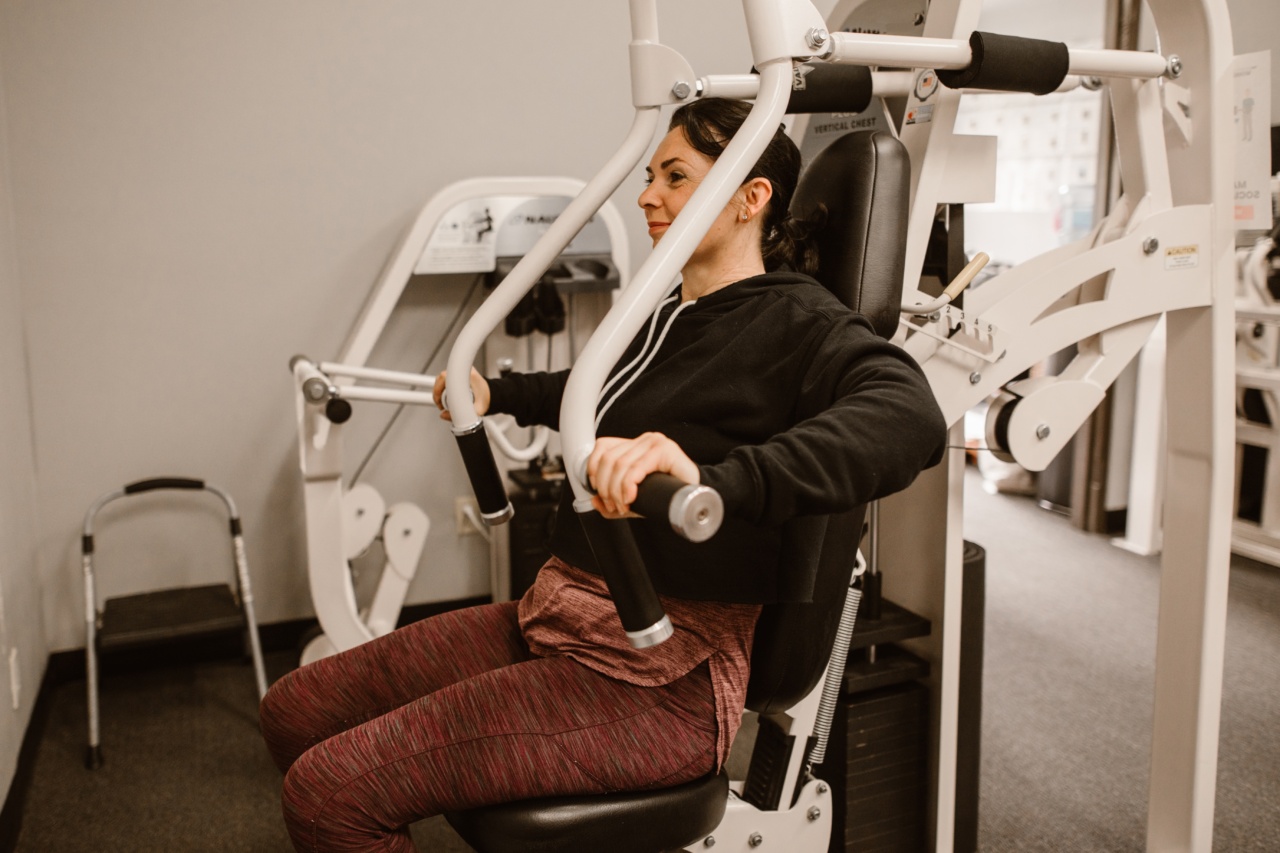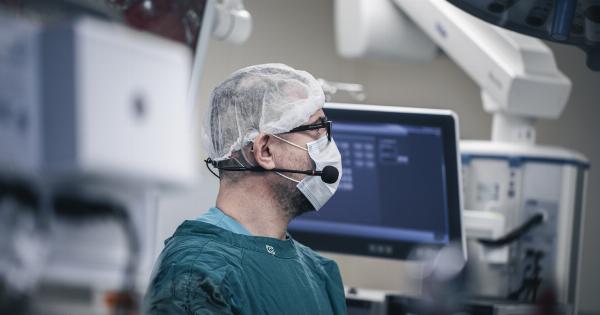Childbirth is a beautiful and transformative experience, but it can also take a toll on a woman’s body. After giving birth, many women may experience changes in their abdominal area.
In some cases, these changes may be uncomfortable or even cause health issues. Abdominal surgery can be a solution for many postpartum women, helping them regain their pre-pregnancy bodies and improving their overall well-being.
This comprehensive guide aims to provide valuable information about abdominal surgery in postpartum women, including its benefits, different types of surgeries, recovery process, and potential risks.
1. Benefits of Abdominal Surgery
Abdominal surgery offers numerous benefits for postpartum women, both physical and psychological. Some of the key advantages include:.
- Restoring muscular and abdominal wall integrity
- Improving self-confidence and body image
- Alleviating back pain and discomfort
- Enhancing overall posture
- Addressing urinary incontinence issues
- Enhancing intimate relationships
2. Common Types of Abdominal Surgery
There are several types of abdominal surgeries available for postpartum women, depending on their individual needs and goals:.
A. Tummy Tuck (Abdominoplasty)
Tummy tuck surgery involves removing excess skin and fat from the abdominal area while tightening the underlying muscles. It results in a firmer and flatter abdomen.
B. Mini Tummy Tuck
Similar to abdominoplasty, the mini tummy tuck targets the lower abdomen only. It is ideal for women with minimal excess skin and muscle separation.
C. Liposuction
Liposuction is a procedure that removes stubborn fat deposits from various areas of the body, including the abdomen. It can help sculpt and contour the abdominal region.
D. Hernia Repair
In some cases, women may develop hernias during pregnancy or childbirth. Hernia repair surgery aims to fix weakened abdominal muscles and close the hernia opening.
E. Scar Revision
For women with noticeable scars from previous surgeries, scar revision can help reduce their appearance and improve skin texture.
3. The Recovery Process
Recovering from abdominal surgery requires patience and following specific guidelines provided by the surgeon. The recovery timeline and process may vary depending on the type of surgery performed. However, some common aspects include:.
A. Initial Healing Phase
During the first few days, it is crucial to take prescribed pain medications, rest, and engage in light activities. It is normal to experience swelling, bruising, and discomfort.
B. Restrictions and Limitations
Post-surgery, certain activities must be avoided, such as heavy lifting, vigorous exercise, or straining the abdominal muscles. These restrictions allow for proper healing and minimize the risk of complications.
C. Follow-up Appointments
Regular follow-up appointments with the surgeon are essential to monitor the healing progress, remove any stitches, and address any concerns or questions.
D. Gradual Resumption of Activities
As healing progresses, gradually increasing physical activities can be introduced. The timeline for resuming different activities may vary and should be discussed with the surgeon.
4. Potential Risks and Complications
While abdominal surgery can yield significant improvements, it is essential to be aware of the potential risks and complications:.
- Infection at the incision site
- Bleeding or hematoma formation
- Poor wound healing
- Scarring
- Unexpected changes in sensation
- Fluid accumulation (seroma)
5. Choosing the Right Surgeon
When considering abdominal surgery, choosing a qualified and experienced surgeon is crucial. Factors to consider include:.
- Board certification and credentials
- Specialization in postpartum abdominal surgery
- Reviews and testimonials from previous patients
- Comfort and trust during the consultation
- Ability to address specific concerns and goals
Conclusion
Abdominal surgery can be a life-changing decision for postpartum women seeking to regain their pre-pregnancy bodies and improve their overall well-being.
By understanding the benefits, types of surgeries, recovery process, and potential risks, women can make informed decisions about their healthcare. Consulting with a qualified surgeon is crucial to determine the most suitable surgical option and ensure a safe and successful procedure.































